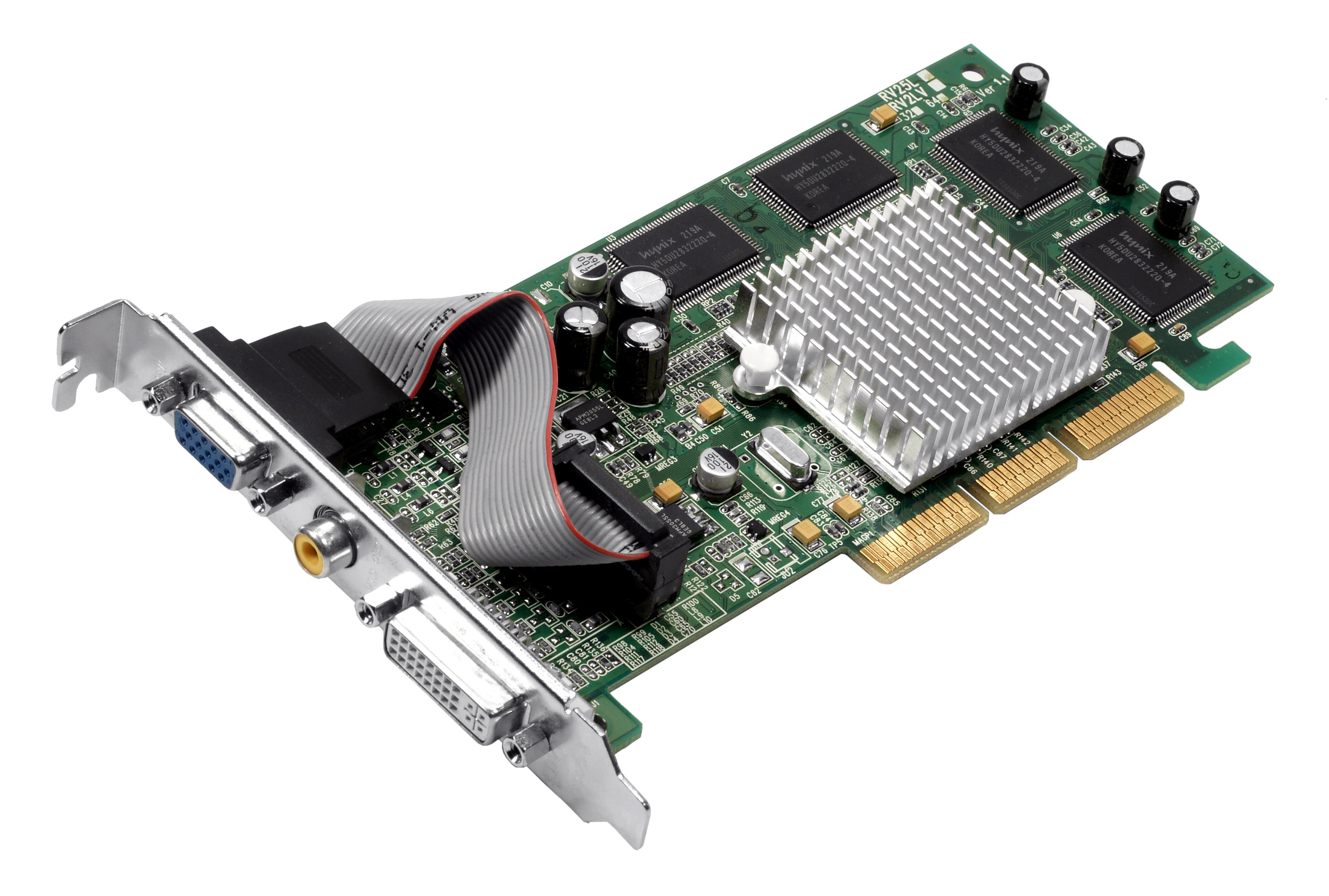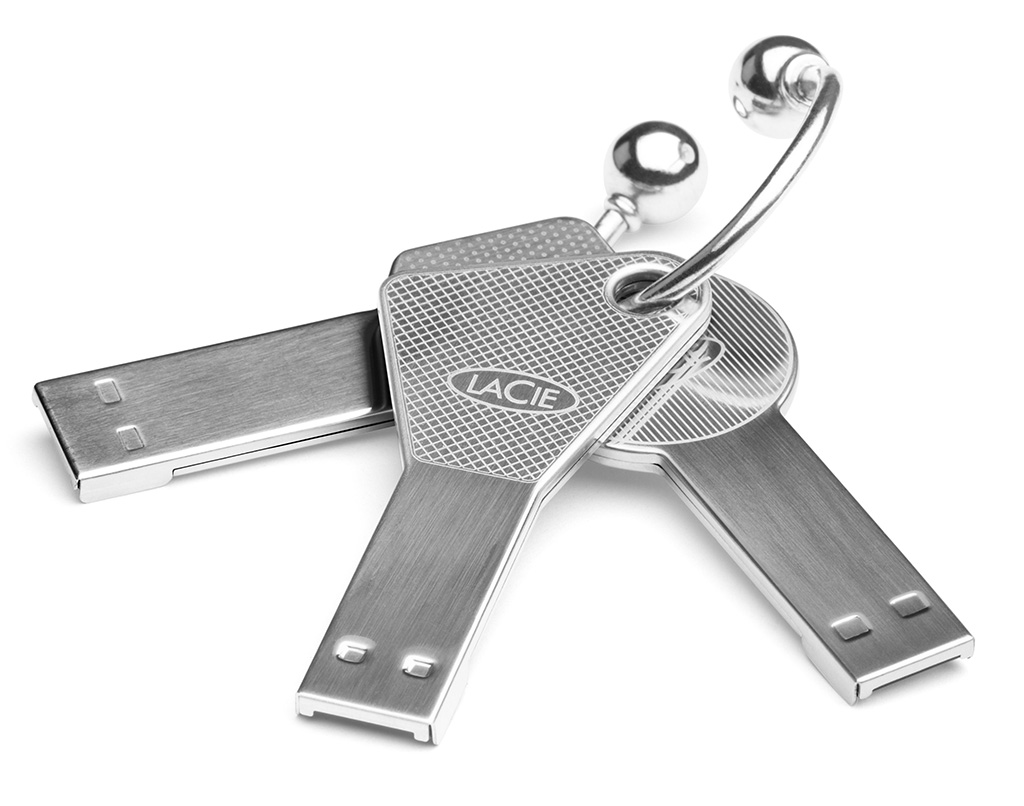CPU And Memory Quiz Questions And Answers
(102).jpg)
GCS Student made quiz on; CPU and Memory. Do you have what it takes to win? ?
- 1.
What Does CPU Stand For??
- A.
Central Processing Unit
- B.
Core Programmable User
- C.
Calculating Professor Unit
- D.
County Pushchair Unveiling
Correct Answer
A. Central Processing UnitExplanation
CPU (pronounced as separate letters) is the abbreviation for central processing unit. Sometimes referred to simply as the central processor, but more commonly called processor, the CPU is the brains of the computer where most calculations take place.Rate this question:
-
- 2.
A computer can run without an operating system
- A.
True
- B.
False
Correct Answer
A. TrueExplanation
It starts with a BIOS which is technically not an operating systemRate this question:
-
- 3.
A ---- is what come pre-installed on a hard drive before an operating system
Correct Answer
BIOS
biosExplanation
BIOS (basic input/output system) is the program a personal computer's microprocessor uses to get the computer system started after you turn it on. It also manages data flow between the computer's operating system and attached devices such as the hard disk, video adapter, keyboard, mouse and printer.Rate this question:
- 4.
What Does RAM Stand For
- A.
Rather Angry Mule
- B.
Really Amazing Mustang
- C.
Random Access Memory
- D.
Rather Articulate Midget
Correct Answer
C. Random Access MemoryExplanation
RAM (pronounced ramm) is an acronym for random access memory, a type of computer memory that can be accessed randomly; that is, any byte of memory can be accessed without touching the preceding bytesRate this question:
-
- 5.
What do you NEED to make a computer work (You can select more than 1)
- A.
Mouse
- B.
Keyboard
- C.
Joystick
- D.
Connection Cables (Eg. HDMI)
- E.
Power
- F.
A Operating System (Not Including BIOS
- G.
Monitor
- H.
Hard Drive
- I.
RAM
- J.
USB
- K.
Webcam
- L.
CPU
Correct Answer(s)
B. Keyboard
D. Connection Cables (Eg. HDMI)
E. Power
H. Hard Drive
I. RAM
L. CPUExplanation
To make a computer work, you need a keyboard to input commands and data, connection cables such as HDMI to connect the computer to other devices, power to supply electricity, a hard drive to store data, RAM for temporary storage of data and programs, and a CPU to process instructions. These components are essential for the basic functioning of a computer.Rate this question:
-
- 6.
What Does IAS Stand For?
- A.
Intergalactic American Shuttle
- B.
Intermediate Access Store
- C.
Immovable Australian Sinkhole
- D.
Interesting Austrian Sheep
Correct Answer
B. Intermediate Access StoreExplanation
The correct answer is Intermediate Access Store. IAS stands for Intermediate Access Store, which is a type of memory storage used in computer systems. It is a high-speed cache memory that sits between the CPU and the main memory, providing faster access to frequently used data. This helps to improve the overall performance of the system by reducing the time it takes to retrieve data.Rate this question:
-
- 7.
The Register Stores Information That The Processor Is Using
- A.
True
- B.
False
Correct Answer
A. TrueExplanation
The register is a small, high-speed memory unit within the processor that stores data temporarily during processing. It holds instructions, data, and addresses that the processor is currently using or will use in the near future. Therefore, the statement "The Register Stores Information That The Processor Is Using" is true. Registers play a crucial role in the overall performance and efficiency of the processor by providing fast access to frequently used data and instructions.Rate this question:
-
- 8.
What Is This
- A.
Liquid Nitrogen Cooling Fan
- B.
Heat Sink Fan
- C.
Water Cooling Control System
- D.
Fan
Correct Answer
B. Heat Sink FanExplanation
A heat sink fan is a device used to cool electronic components by dissipating heat generated during operation. It consists of a heat sink, which is a metal component that absorbs and disperses heat, and a fan that blows air over the heat sink to enhance the cooling process. This type of fan is commonly used in computers, gaming consoles, and other electronic devices to prevent overheating and ensure optimal performance.Rate this question:
-
- 9.
Is This a...
- A.
HDMI Cable
- B.
USB -> USB Cable
- C.
Ethernet Cable
- D.
VGA Cable
Correct Answer
C. Ethernet CableExplanation
The given correct answer is Ethernet Cable. Ethernet cables are used to connect devices to a local area network (LAN) or the internet. They have RJ-45 connectors on both ends and are commonly used to connect computers, routers, and switches. HDMI cables are used to transmit audio and video signals between devices, USB cables are used to connect devices such as printers or smartphones to a computer, and VGA cables are used to connect computers to external displays.Rate this question:
-
- 10.
What Does SD Card Stand For
- A.
Solid Dump Card
- B.
Standard for Danish Cards
- C.
Storage and Digital Card
- D.
Secure Digital Card
Correct Answer
D. Secure Digital CardExplanation
The correct answer is "Secure Digital Card". This is because SD card stands for Secure Digital Card, which is a type of memory card commonly used in digital cameras, smartphones, and other portable devices. The term "Secure" refers to the card's ability to protect data and prevent unauthorized access, while "Digital" indicates that it is designed for storing digital files such as photos, videos, and documents.Rate this question:
-
- 11.
Clock Speed Is The Rate At Which
- A.
A Processor Executes A Task
- B.
A Computer Loads
Correct Answer
A. A Processor Executes A TaskExplanation
Clock speed refers to the number of cycles a processor can execute per second. It determines how fast the processor can perform tasks and execute instructions. A higher clock speed means that the processor can complete more tasks in a given amount of time, resulting in faster overall performance. Therefore, the statement "Clock Speed Is The Rate At Which A Processor Executes A Task" is correct as it accurately describes the relationship between clock speed and processor performance.Rate this question:
-
- 12.
What IS This??
- A.
Network Railcard
- B.
Graphics Card
- C.
Network Card
- D.
Mr Graftons Haribo Strawbs
Correct Answer
B. Graphics CardExplanation
The given options include Network Railcard, Graphics Card, Network Card, and Mr Graftons Haribo Strawbs. Out of these options, the correct answer is Graphics Card. This suggests that the question is asking for the identification or categorization of something, and out of the given options, Graphics Card fits this description.Rate this question:
-
- 13.
A ____ _____ Is The Slowest Part Of A Computer
- A.
Memory Card
- B.
Hard Drive
- C.
Hard Disk
- D.
Floppy Disk
- E.
USB Port
- F.
CPU Connection
Correct Answer
B. Hard DriveExplanation
The hard drive is the slowest part of a computer because it uses mechanical components, such as spinning disks and moving read/write heads, to store and retrieve data. This mechanical process takes more time compared to other components like memory cards or USB ports, which have no moving parts and can transfer data at a much faster rate.Rate this question:
-
- 14.
What Are These?
- A.
A Set Of Keys
- B.
Some USB's
- C.
The Keys To My House
- D.
The key To My Car
Correct Answer
B. Some USB'sExplanation
The correct answer is "Some USB's" because the options provided are different items, and "Some USB's" is the only option that matches the given objects. The other options, such as "A Set of Keys," "The Keys to My House," and "The Key to My Car," do not match the objects described in the question.Rate this question:
-
- 15.
How Can You Tell If Your Computer Is Overheating (More Than 1)
- A.
Computer Runs Slowly
- B.
You Get The Blue Screen Of Death
- C.
Computer Turns Off Randomly
- D.
The Computer Restarts Often
- E.
The Computer Wont Turn On EVER AGAIN!!!
- F.
Loses Memory
- G.
Gains Memory
Correct Answer(s)
A. Computer Runs Slowly
C. Computer Turns Off Randomly
D. The Computer Restarts OftenExplanation
The correct answer is "Computer Runs Slowly, Computer Turns Off Randomly, The Computer Restarts Often." These symptoms indicate that the computer may be overheating. When a computer gets too hot, it can cause the processor to slow down, leading to slow performance. Additionally, overheating can trigger the computer to shut down or restart randomly as a protective measure. These issues can be caused by a malfunctioning cooling system or blocked air vents, preventing proper heat dissipation.Rate this question:
-
- 16.
What Temp. Should You Aim To Keep Your CPU At? (°C)
- A.
35-40 Maximum 50
- B.
40-45 Maximum 55
- C.
45-50 Maximum 60
- D.
50-55 Maximum 65
Correct Answer
C. 45-50 Maximum 60Explanation
It is recommended to aim to keep your CPU temperature between 45-50 degrees Celsius, with a maximum limit of 60 degrees Celsius. This range ensures that the CPU is operating at an optimal temperature for performance and longevity. Exceeding the maximum limit can lead to overheating, which can cause damage to the CPU and affect its overall performance.Rate this question:
-
- 17.
There are 3 part to a bus, these are
- A.
Address Bus
- B.
Memory Bus
- C.
Data Bus
- D.
Stagecoach Bus
- E.
Control Bus
- F.
Binary Bus
- G.
Banter Bus
- H.
Banana Bus
- I.
934 Bus
Correct Answer(s)
A. Address Bus
C. Data Bus
E. Control BusExplanation
The given answer is correct because it lists the three main parts of a bus, which are the Address Bus, Data Bus, and Control Bus. These three buses are essential components in a computer system. The Address Bus is responsible for carrying memory addresses, allowing the CPU to communicate with specific memory locations. The Data Bus carries data between the CPU and memory or other devices. The Control Bus carries control signals that coordinate and regulate the activities of the other buses and various components in the system.Rate this question:
-
- 18.
Instructions in the PC are written in
Correct Answer(s)
BinaryExplanation
Instructions in a computer are written in binary because computers use a binary system to represent and process information. Binary is a base-2 number system that uses only two digits, 0 and 1. These digits are used to represent the on and off states of electronic components in a computer's hardware. Each binary digit, or bit, can represent a single instruction or piece of data. By using binary, computers can efficiently store and manipulate large amounts of information, making it the most suitable language for instructions in a computer's central processing unit (CPU).Rate this question:
- 19.
In 32 Bits, How Many Signed Intergers Can we Hold
- A.
2,147,483,647
- B.
2,147,483,649
- C.
2,147,483,648
- D.
2,147,483,646
Correct Answer
A. 2,147,483,647Explanation
32 bits mean that we can store up to 2,147,483,647Rate this question:
-
- 20.
What does ASCII Stand For?
Correct Answer
american standard code for information interchangeExplanation
ASCII stands for American Standard Code for Information Interchange. It is a character encoding standard that represents text in computers and other devices. ASCII uses a 7-bit encoding scheme to represent 128 different characters, including letters, numbers, punctuation marks, and control characters. This standard allows different computer systems to communicate and exchange information by using a common set of characters.Rate this question:
Quiz Review Timeline +
Our quizzes are rigorously reviewed, monitored and continuously updated by our expert board to maintain accuracy, relevance, and timeliness.
-
Current Version
-
Mar 21, 2023Quiz Edited by
ProProfs Editorial Team -
Nov 27, 2014Quiz Created by
Tom.knight123






